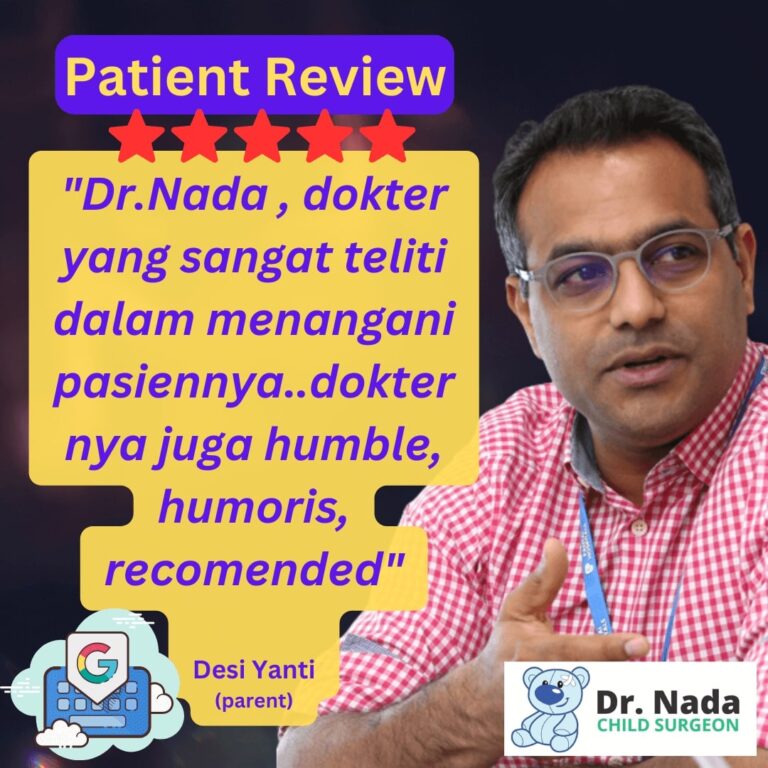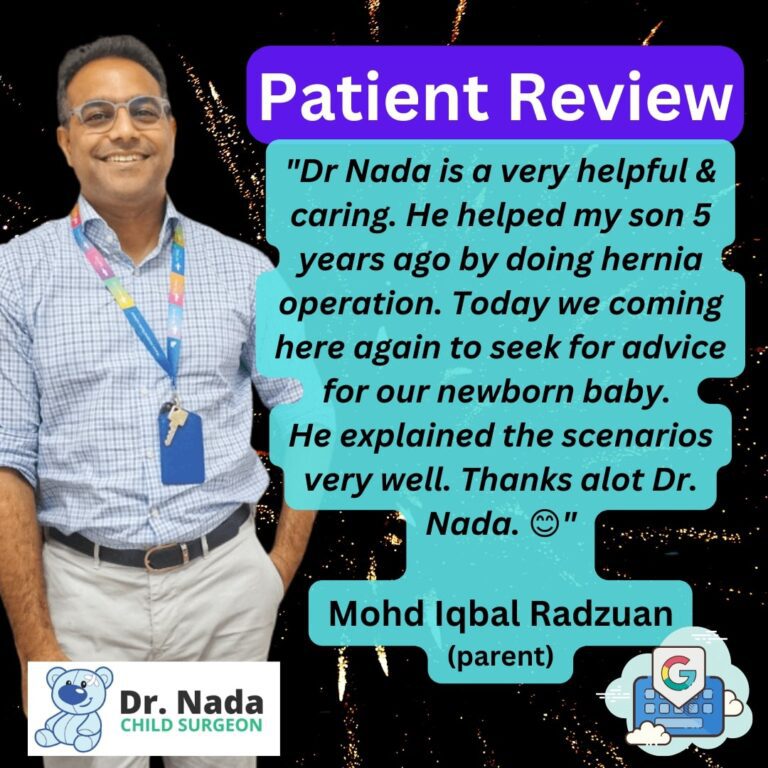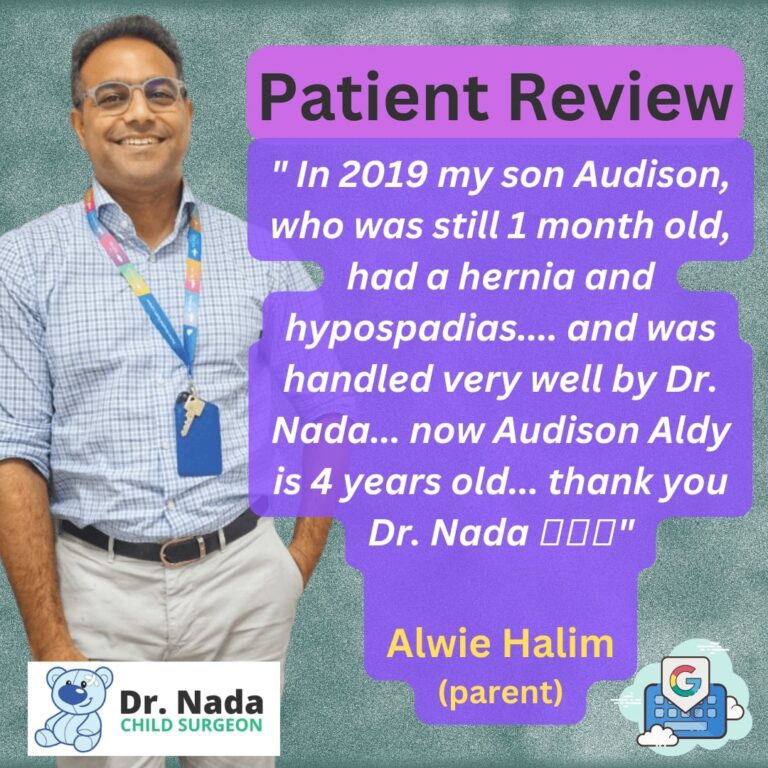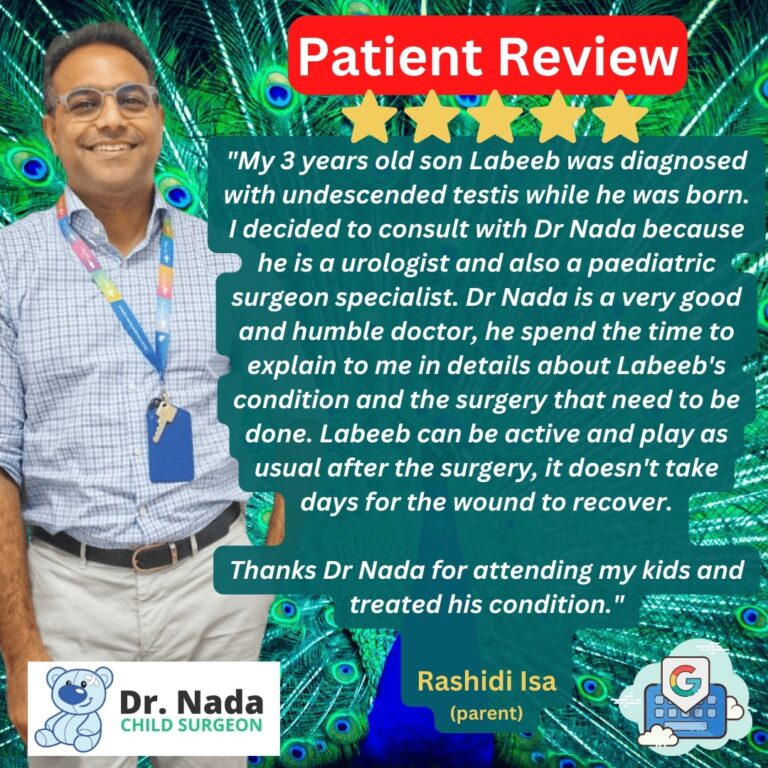Minimally invasive surgery (MIS) has transformed the treatment of surgical disease in both adults and children. Concerns regarding the length of hospital stay, pain and wound complications created the need and hence the beginnings of modern MIS. These techniques were initially developed by adult surgeons. Gradually this was accepted into infants and children practice as miniaturized endoscopic equipment became available through advancement in technology.
Paediatric surgeons had to be convinced and assured that the procedures are safe and effective and that using these techniques would yield as good or better results compared to open surgery. By the turn of the century, the use of MIS in children became more widespread and mainstream in the west and developed countries.
Over the last 10 years, advancement in surgical skills, allowed these techniques to be used for complex neonatal and paediatric surgical conditions.
Why Minimally Invasive Surgery (MIS)?
Minimally invasive surgery (MIS) has come a long way from the earliest large instruments and limited capabilities. Trocars, instruments, and cameras have become smaller, finer and more precise. The vast majority of minimally invasive surgery (MIS) is performed using small endoscopic cameras and instruments that are inserted into the body cavity through natural body openings or “ports.” A port is a small cannula through which other small instruments are inserted into the body cavity in question.
They range in size from 3 to 12 mm. Although larger ports often are utilized when it is necessary to remove a specimen, most ports are 5 mm or less in size. Alternatively, working instruments can be inserted directly into the body cavity without the use of a port, thus decreasing cost while making the incision more inconspicuous. In comparison to open surgery, MIS has several advantages: less pain, faster recovery time and improved cosmesis (much smaller incisions).



Abdominal Procedures for Minimally Invasive Surgery (MIS)
Laparoscopic cholecystectomies, pyloromytomies, appendectomies, and splenectomies routinely are performed in pediatric surgery. The more common applications are listed.
Abdominal operations performed and the common indications
- Appendicectomy (appendicitis).
- Pyloromyotomy (pyloric stenosis).
- Cholecystectomy (gall stones, cholecystitis).
- Inguinal hernia repair
- Meckel’s diverticulectomy (symptomatic meckel’s).
- Gastrostomy (feeding difficulties, failure to thrive).
- Intestinal resection (Crohn disease).
- Colectomy and J pouch (ulcerative colitis).
- Nissen fundoplication (GO Reflux Disease).
- Splenectomy (blood dyscrasias or tumors).
- Endorectal pull through (Hirschsprung’s disease).
- Heller myotomy (achalasia).
- Adrenalectomy (tumor).
- Ladd’s procedure (malrotation).
- Orchidopexy (intrabdominal testis).
- Ano –rectal Reconstruction (Ano-rectal malformation).
The modern management of Hirschsprung’s disease highlights a good example of the minimally invasive approach to therapy in infants.
Traditionally, congenital aganglionosis of the colon (Hirschsprung’s disease) had been (and continues to be in some centers) treated by performing a colostomy shortly after birth. Several months later, a procedure to reestablish intestinal continuity is performed (“pull-through” – an operation to pull through normal colon down to the anus). Finally, a third procedure then is necessary to close the colostomy.
Today, a pull-through now can be performed as a primary single-stage procedure in newborn infants with uncomplicated Hirschsprung’s disease.
Although one can perform the entire procedure from the perineum, most pediatric surgeons utilize laparoscopy to assist in the mobilization of the normal colon and rectum, making the pull-through much easier to complete.
This approach obviates the need for three separate operations while preserving the outcome associated with the standard staged pull-through procedures.
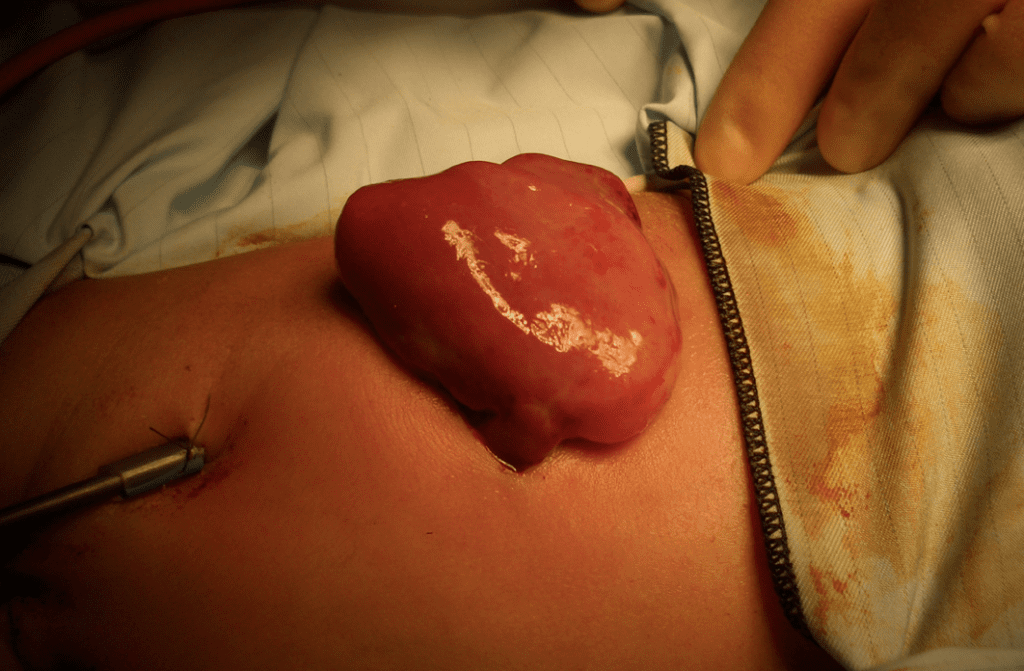

- Lung biopsy (lung mass).
- Lobectom (CCAM, sequestration).
- Drainage of empyema, parapneumonic effusion.
- Bullectomy (spontaneous pneumothorax).
- Spinal exposure (correction of scoliosis).
- TOF Repair.
- Thymectomy.
- Resection of bronchogenic cyst.
- Mediastinal tumor biopsy.
- Resection of esophageal duplication.
Minimally invasive surgery (MIS) has become an important aspect of pediatric surgical practice and offers the potential to perform operations with less pain and quicker recovery.
Nevertheless, it is not appropriate for every infant and child. Pediatric surgeons who perform this type of surgery also know how to perform the same operations via the standard methods.
Ultimately, a pediatric surgeon will assess whether or not minimally invasive surgery (MIS) is a safe and efficacious approach given the clinical situation.













